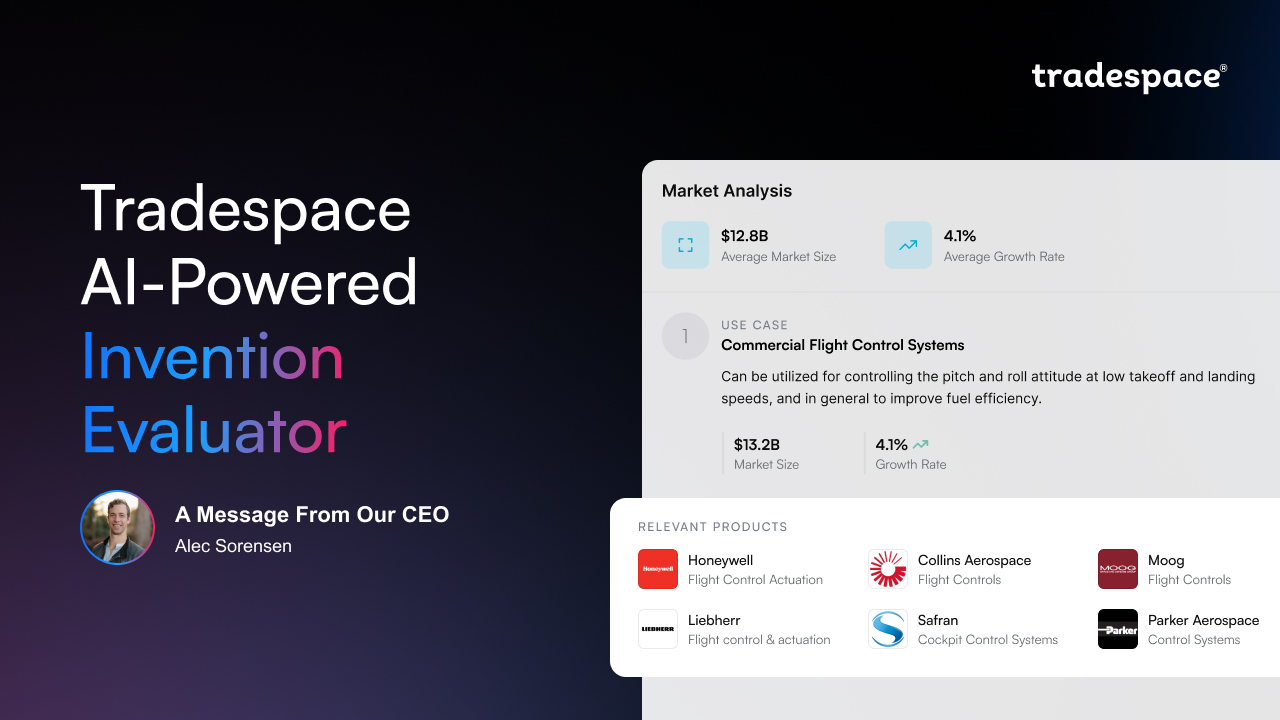Mind the gap: Connecting effective invention evaluation to the broader IP development process
March 31, 2025 | 4 min readA common opportunity I see across IP teams is improving the invention evaluation through filing part of the IP process. Effective invention evaluation isn’t just about the review itself — what happens before and after it is equally critical for building a value-adding patent portfolio. To help IP teams maximize the value of their invention evaluation efforts, this post will explore how to optimize invention review from disclosure to drafting.
The foundation of good invention evaluation is healthy disclosure
Proper invention review starts with actually getting disclosures, which requires open lines of communication between inventors and the IP team. After all, you can’t protect something if your inventors don’t tell you about it. Key questions to ask about your disclosure process include:
1. Do your inventors recognize inventions when they happen?
Many technical experts suffer from the “curse of knowledge,” what seems routine to them might in fact be a breakthrough innovation. Help them understand that IP wants to hear about potential inventions even when they’re uncertain or still working on them.
2. Do your inventors know how and where to submit?
In a recent study, only 40% of engineers report being aware of their company’s invention submission process and tools. Rather than blasting out reminders, consider targeted education aligned with our R&D investments and innovation priorities. The simple stuff is often critical.
3. Are your inventors too busy or unmotivated to submit?
Traditional disclosure forms can deter even enthusiastic inventors with their length. Consider streamlining initial submissions to capture just enough information for early triage, saving detailed evaluation questions for only the more promising inventions that warrant further investment.
Stay tuned for research I’m currently working on that examines various mechanisms for improving disclosure volumes. While conventional approaches like incentives and education remain valuable tools, technology like Tradespace now offers powerful new methods for identifying and capturing innovation.
Technical, prior art, and commercial review for complete and thorough invention evaluation
Once you receive disclosures, effective invention review requires examining three dimensions:
1. Technical evaluation, which means…
- Precisely identifying the invention (which is often more challenging than it sounds)
- Understanding its magnitude — is it a breakthrough or an incremental improvement?
- Identifying any possible inventor bias
- Documenting core technical elements comprehensively
2. Prior art evaluation
Prior art evaluation addresses the fundamental questions of whether the invention is new and qualifies for patent protection. White most IP teams have a strong prior art process, it’s worth regularly reviewing your approach.
3. Commercial evaluation, the most neglected aspect of invention review, which explores:
- How specifically the invention creates value and whether protection costs are justified
- Commercialization potential, anticipated revenue, and expected lifespan
- Whether others can easily design around it
- Strategic fit with company priorities and broader IP strategy
- Alternative business approaches that might better achieve your goals
Based on these review areas, I recommend developing a structured invention evaluation rubric that reflects how your organization defines value. This rubric is best created in partnership with your R&D and commercial teams.
Maximize the value of your invention evaluations post-decision by connecting the dots into drafting
Good invention evaluations don’t just result in clear go/no-go decisions. They should also streamline the patent drafting process if they move forward. One of the top mistakes I see companies make is failing to package their invention evaluation findings for outside counsel.
All too often, inventors get interviewed by their own IP team during invention evaluation, only to be interviewed again by outside counsel later with the conversations being the same. This duplicates work and wastes valuable inventor time. Here’s what to do instead:
- Document your invention evaluation process and findings in a way that directly supports patent drafting
- Create clear handoff procedures to outside counsel that preserve and transmit key insights
- Look for opportunities to accelerate drafting by providing comprehensive technical details upfront
Taking a holistic view of invention evaluation — from disclosure through drafting — can help IP teams optimize their entire patent development process. This approach not only improves decision quality but can reduce cost by eliminating duplicate work and identifying non-value adding cases earlier.
Invention evaluation in summary
When improving your invention review process, your IP team should consider:
- How well are your invention disclosure and evaluation processes connected?
- Does your invention evaluation framework reflect your organization’s definition of value?
- Are you capturing invention evaluation insights in ways that accelerate downstream patent drafting?
By looking at invention evaluation as part of a whole system rather than one isolated step, IP teams can build more valuable portfolios while making more efficient use of resources.



